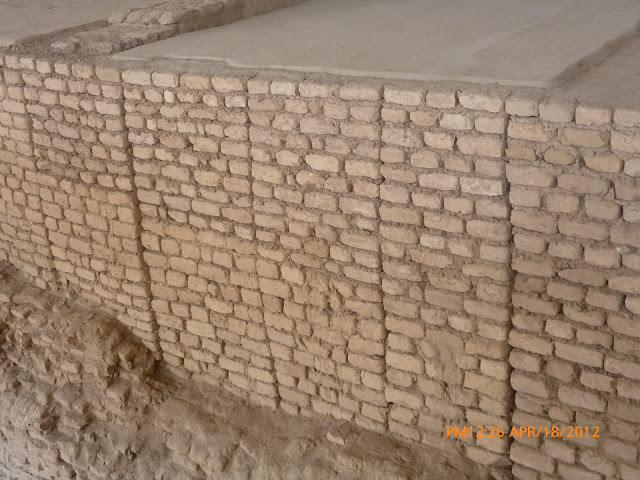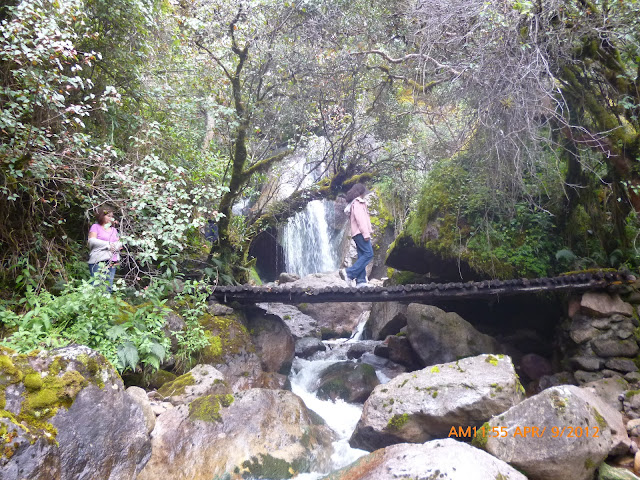 |
| She always wanted to be a queen. |
 |
| Paracas Bay, birth place of the Peruvian flag. This is the bay where the Argentinean General Jose de San Martin dreamt of a red and white flamingo flying away whilst leaning against a palm tree. |
 |
| "But you told me there was fish here" |
 |
| The vast deserts of the National Reserve of Paracas. Moon like landscape. |
 |
| Little Aranxa Not happy with Madeline"s performance |
 |
| The Moche People. They were a Pre-Inca civilisation dating from 200 BC to 850 AD. |
 |
| They lived in the coastal valleys of central Peru. see below. |
 |
| There is a lot to be unearth . |
 |
| Some of their buildings were anti-seismic. They also had a great irrigation network of channels . They were very skilled fisherman unlike myself, well i haven't caught a big one yet . |
 |
| They performed human sacrifices to please their gods. |
 |
| Original photo |
 |
| Excavation still goes on. |
 |
| Front of the Moon Temple. |
 |
| Close up |
 |
| The Chimu Civilisation. They developed in the same valley as the Moche between 850 AD to 1500. They are known to have the biggest adobe (mud bricks) city in the world . |
 |
| Main Plaza. Where they run markets and ceremonies. |
 |
| This black monument was used for the guarding of the palace. |
 |
| The Chimu city of Chan Chan house about 60,000 people. |
 |
| Add caption |
 |
| Fresh water spring in the middle of the city. |
 |
| 12 metres thick wall |














































